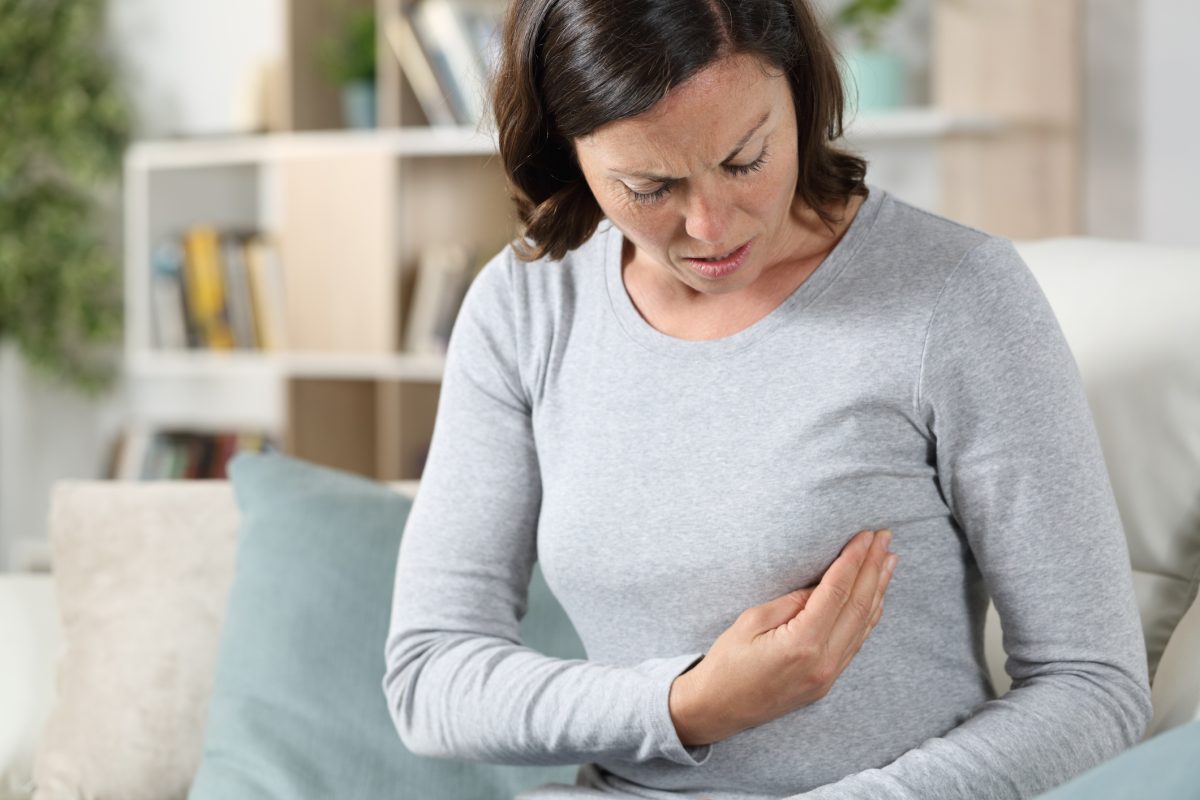Health experts are sounding a warning as rates of early-onset breast cancer in women under 50 are growing dramatically.
It’s a trend, they say, that cannot be explained by genetics alone.
So, what’s to blame?
Could it be due to higher rates of obesity? Maybe it’s lack of exercise?
Or is it something more sinister, such as the chemicals our government allows manufacturers to add to products that come into contact with the food we eat?
Recent research points to the latter…
Potential to cause breast cancer and beyond
As far back as 2007, an organization called Silent Spring published a list of 216 chemicals that can cause breast cancer in rodents.
Of course, if there’s anything the U.S. Food and Drug Administration doesn’t do when it comes to protecting the public, it’s to act quickly.
So, researchers, writing in the journal Frontiers in Toxicology, set out to compare the Silent Springs list with another database known as Food Contact Chemicals Monitored in Humans, or FCChumon, which is a list of food contact chemicals detected in human breast milk, blood, urine, and tissues.
They found that nearly 200 chemicals connected to breast cancer are used in the making of food packaging and plastic tableware, and dozens of those carcinogens can migrate into the human body.
Among them were 642 endocrine-disrupting chemicals that may stimulate estrogen or progesterone production, another known risk factor for breast cancer.
While the study focused on breast cancer-causing toxins, the team found the dangers of the products we use every day to store and eat our food span the cancer universe.
“There is strong evidence that 76 known or potential breast carcinogens from food contact materials recently purchased all over the world can be found in people,” said study coauthor Jane Muncke.
After analyzing different forms of food packaging and tableware, researchers discovered chemicals including:
- Benzene – A known carcinogen linked to breast cancer development
- 4,4’-Methylenebis-(2-Chloroaniline) – Classified as a probable carcinogen that may cause bladder cancer
- 2,4-Toluenediamine – A toxin known to cause breast and other types of cancers in animal studies
- 3,3′-Dimethylbenzidine and o-Toluidine – Dyes used to color plastic and paper, which, according to the EPA, have the potential to metabolize to carcinogenic amines both in and on the human body.
- Forever chemicals – Bisphenols, phthalates or perfluoroalkyl and polyfluoroalkyl substances, known as PFAS, are linked to high cholesterol, cancer and various chronic diseases.
And while researchers determined that most exposure to carcinogens comes from plastics used in food packaging, a whopping 89 suspected carcinogens were found in paper and cardboard containers.
“Paper has additives such as emulsifiers and adhesives, say if papers are glued together, or there’s a plastic layer glued to the paper,” Muncke points out.
Protect yourself from lurking carcinogens
All of those plastic storage bags, containers, and dinnerware, as well as paper plates, that we use because they are so convenient, present a real and present danger to our health.
So, what can you do to combat this danger?
First, banish the plastic from your kitchen. This includes discarding plastic containers and opting for glass containers to store your food.
Also, be sure always to use a glass dish when putting food in the microwave instead of plastic.
Next, replace any plastic water bottles with glass or stainless steel.
For added protection, toss your non-stick pans, which are coated in cancer-causing forever chemicals.
Most importantly, support your body’s natural detoxification processes, which involve your colon and liver.
The liver, of course, is the body’s primary detox organ. But considering this onslaught of toxins, it’s often overworked, especially if you are overweight. Read here about 8+ ways to relieve your liver’s detox load.
Next, check your transit time. That’s the amount of time your colon processes waste to leave the body. If it takes longer than 24 hours, you’re allowing chemicals to sit in your colon up against the intestinal endothelium, where they can leach into your bloodstream.
Sources:
Chemicals linked to breast cancer leach into our foods, study finds — CNN
Risk Management for Benzidine Dyes — EPA
Read full article here


